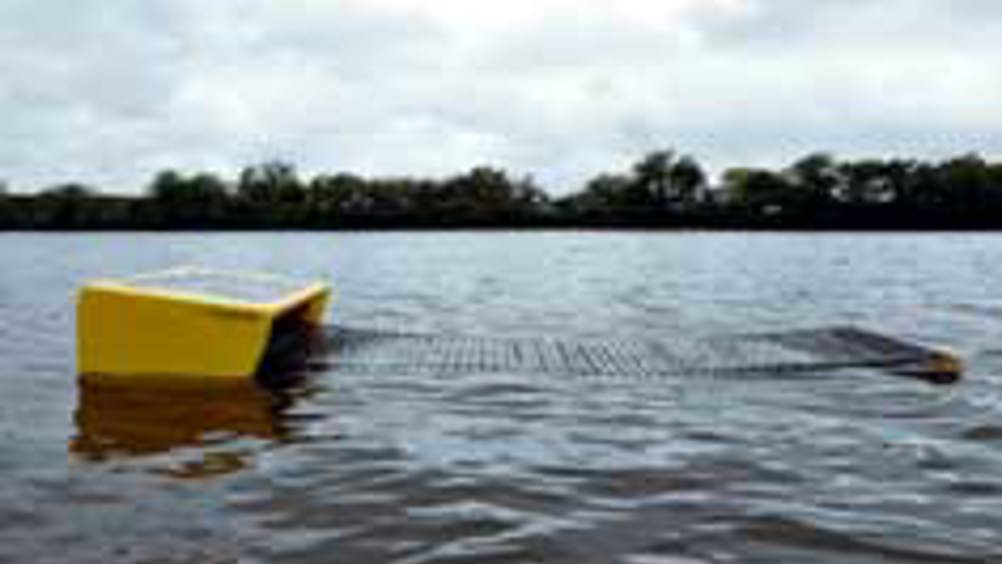Oil-collecting robot may reduce cost of future spills
Researchers at MIT have created a prototype robotic system that could autonomously navigate the surface of the ocean, collecting and processing any oil that it encounters.

The system, called Seaswarm, may make cleaning up future oil spills less expensive and more efficient than current skimming methods.
The Seaswarm robot uses a conveyor belt covered with a thin nanowire mesh to absorb oil. The fabric, developed by MIT visiting associate professor Francesco Stellacci, can absorb up to 20 times its own weight in oil, while repelling water. By heating up the material, the oil can be removed and burnt locally, and the nanofabric can be reused.
’We envisioned something that would move as a ’rolling carpet’ along the water and seamlessly absorb a surface spill,’ said Senseable City Lab Associate Director Assaf Biderman. ’This led to the design of a novel marine vehicle: a simple and lightweight conveyor belt that rolls on the surface of the ocean, adjusting to the waves.’
The Seaswarm robot, which is 16ft long and 7ft wide, uses 2m2 of solar panels for self propulsion. With just 100W, the equivalent of one household light bulb, it could potentially clean continuously for weeks.
Register now to continue reading
Thanks for visiting The Engineer. You’ve now reached your monthly limit of news stories. Register for free to unlock unlimited access to all of our news coverage, as well as premium content including opinion, in-depth features and special reports.
Benefits of registering
-
In-depth insights and coverage of key emerging trends
-
Unrestricted access to special reports throughout the year
-
Daily technology news delivered straight to your inbox










UK Enters ‘Golden Age of Nuclear’
Anybody know why it takes from 2025 to mid 2030's to build a factory-made SMR, by RR? Ten years... has there been no demonstrator either? Do RR...